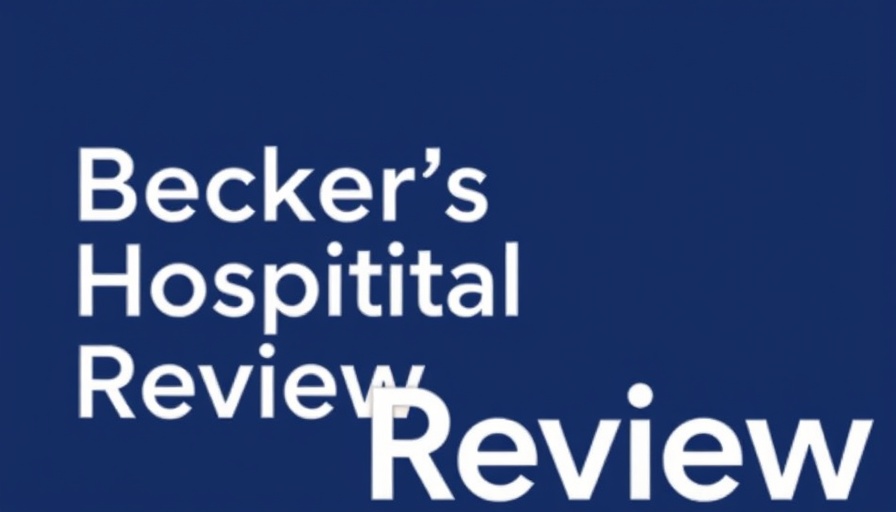
PeaceHealth's Workforce Reduction: A Closer Look at the Impact
In a move that has resonated through the healthcare community, PeaceHealth, a nonprofit health system based in Vancouver, Washington, announced a 1% workforce reduction alongside a hiring freeze that’s set to continue through 2025. This decision stems from detailed financial reviews and a pressing need to adapt to the evolving healthcare landscape.
Understanding the Layoff Decisions and Implications
The email sent on May 22 by PeaceHealth executives Richard DeCarlo and Sarah Ness highlighted the need to reduce workforce numbers at both the PeaceHealth Sacred Heart at RiverBend Medical Centers and PeaceHealth Southwest Medical Center in Vancouver. Employees affected by the layoff were informed they might face immediate termination or notice within two weeks.
These layoffs raise significant concerns among staff, especially those in caregiver roles, which serve as the backbone of healthcare delivery. Kevin Mealy from the Oregon Nurses Association articulated the apprehensions regarding how cutting frontline caregivers would exacerbate existing workforce strains.
The Broader Context of Healthcare Employment Trends
The decision to downsize comes at a turbulent time for the healthcare industry overall, where many systems are grappling with financial pressures amplified by the COVID-19 pandemic. Many organizations are looking to streamline operations and optimize staffing while maintaining patient care quality.
This reduction aligns with a broader trend seen across the country where healthcare entities are continually evaluating their workforce needs against economic realities. With inflation and rising operational costs, health systems like PeaceHealth must make hard choices to ensure long-term viability.
Technological Innovations in Healthcare: A Silver Lining?
While workforce reduction strategies can seem daunting, the increasing integration of technology offers hope. Tools like healthcare automation and practice automation are becoming more prominent, helping practices address operational inefficiencies. For example, AI phone agents are paving the way for enhanced patient engagement tools, which might soften the impact of workforce cuts by allowing remaining staff to focus on patient care rather than operational bottlenecks.
Addressing Employee Health Benefits Amid Reductions
Another area of concern during such transitions is the health benefits available to affected employees. PeaceHealth has pledged comprehensive transitional support, reflecting a growing understanding of the need for employee benefits to be safeguarded even during layoffs. Incorporating pre-tax benefit plans and small practice benefits into healthcare offerings not only eases the transition but also fosters loyalty among remaining staff.
Future Predictions: The Need for Strategic Adaptability
As the healthcare industry moves forward, increased adaptability will be crucial. Organizations may need to calculate FICA tax savings through workforce adjustments, paving the way for reallocated resources that could strengthen patient care networks. Healthcare HR strategies that focus on staff retention will be vital; as practices see reductions, investing in every team member becomes paramount to maintain morale and productivity.
Ensuring a Compassionate Transition
Finally, the transition for affected employees must be managed with compassion and transparency. As noted by representatives from the Oregon Nurses Association, open communication is essential. This includes making it clear how future operational changes will impact patient care and what steps will be taken to ensure that remaining staff are not overwhelmed.
In conclusion, while PeaceHealth's decision to cut jobs raises valid concerns, it also highlights the importance of strategic planning and the role of technology in ensuring continued service delivery in challenging times. As the healthcare landscape evolves, independent physicians and providers must stay informed on these trends to make proactive and informed decisions for the benefit of their practices and their patients.
Know more about how technological solutions like healthcare automation can enhance efficiency in your practice and safeguard against financial uncertainties. Let’s embrace the changes in healthcare, ensuring that compassion remains at the heart of our services.
 Add Row
Add Row  Add
Add 




Write A Comment